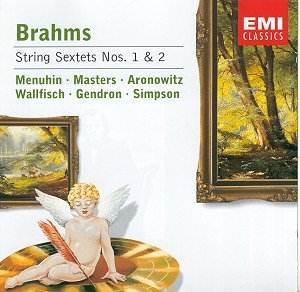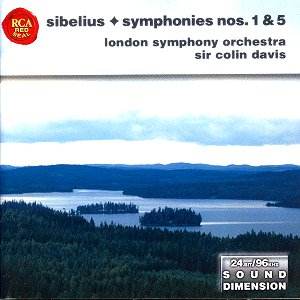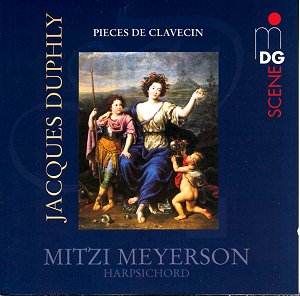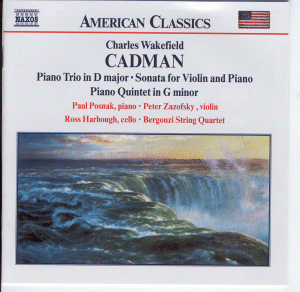 Composer: Johannes Brahms
Composer: Johannes Brahms
Works: String Sextets: No. 1 in B flat, op. 18; No. 2 in G, op. 36
Performers: Yehudi Menuhin (violin), Robert Masters (violin), Cecil Aronowitz (viola), Ernst Wallfisch (viola), Maurice Gendron (violoncello), Derek Simpson (violoncello)
Recording: September 1963, December 1964, No. 1 Studio, Abbey Road, London
Label: EMI Classics CDE 5 74957 2 [75.02]
Brahms’s string sextets hold a unique position within the composer’s oeuvre, bridging the expressive warmth of the Romantic era with the meticulous structural integrity that characterizes his work. Composed in 1860 and 1864, respectively, these sextets reflect Brahms’s exploration of chamber music’s potential, elevating the genre through intricate interplay and rich thematic development. The first sextet, in particular, emerges as a lyrical celebration, buoyed by the collaborative spirit of its performers.
The performance captured here, featuring the esteemed Yehudi Menuhin alongside a distinguished ensemble, radiates a palpable sense of unity and devotion to Brahms’s intricate textures. The ensemble’s synergy is evident as they navigate the lush melodic lines and complex counterpoints with both precision and warmth. Menuhin’s violin sings with an expressive vibrato, weaving through the opening Allegro non troppo’s thematic material with a grace that invites deep emotional engagement. The interplay between the violas, notably Wallfisch and Aronowitz, offers a richly colored backdrop, enhancing the sonorous depth of the ensemble. Each musician seems to intuitively understand not only their role but also the overarching narrative, resulting in interpretations that resonate with spontaneity and freshness.
The recording quality is commendable, with EMI’s engineering providing a well-balanced soundstage that allows each instrument to shine without overpowering the others. The warmth of the strings is captured beautifully, allowing the listener to appreciate the subtleties of Brahms’s writing, from the delicate pizzicati to the soaring melodic lines. This recording’s acoustics contribute significantly to the overall experience, enabling the music’s inherent vitality to flourish. Comparatively, while other recordings—such as those featuring the Guarneri Quartet or the Emerson String Quartet—offer compelling interpretations, this performance stands out for its blend of technical prowess and emotional depth.
The second sextet, while perhaps overshadowed by its predecessor in terms of immediate impact, reveals its own complexities upon closer inspection. The initial impression of a more austere texture belies the work’s rich harmonic language and intricate thematic development. Here, the ensemble’s interpretative choices become crucial; they navigate Brahms’s more subdued palette with a keen sense of timing and phrasing. The Allegro moderato unfolds with a deliberate pace that encourages a contemplative exploration of the thematic materials, while the Scherzo pulsates with a lively energy that underscores the sextet’s contrasts.
The juxtaposition of the two sextets, particularly in this performance, raises interesting questions about the interpretative choices made by the ensemble. Is the apparent disparity in communicative urgency between the two works a reflection of Brahms’s own compositional journey, or does it stem from the performers’ engagement with the score? The answer is likely a combination of both, but the distinction allows for a rich listening experience that invites repeated exploration.
This recording of Brahms’s string sextets, particularly the incandescent first sextet, stands as a testament to the enduring power of chamber music and the exceptional artistry of its performers. The commitment to the music is palpable, creating a performance that feels both timeless and deeply rooted in the present moment. The warmth of the recording and the skillful interplay among the musicians make this an essential addition to the Brahms chamber music canon, ensuring it resonates with both aficionados and newcomers alike.



